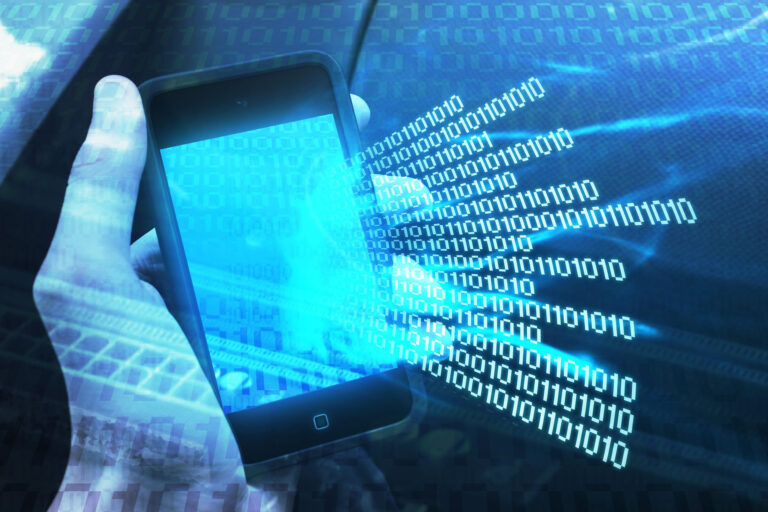Research by Detego, which provides software for the fashion retail industry, has identified seven top technology trends for retail next year.
- More mobility
 The customer is now going to expect a speedy service in store. “Spoiled by the speed of getting information online, the customer now expects the same service in a store,” said Uwe Hennig, CEO of Detego. “This trend will mean even more mobile devices – such as tablets and smartphones – being used by sales personnel to provide information on individual articles at the point-of-sale (POS).”
The customer is now going to expect a speedy service in store. “Spoiled by the speed of getting information online, the customer now expects the same service in a store,” said Uwe Hennig, CEO of Detego. “This trend will mean even more mobile devices – such as tablets and smartphones – being used by sales personnel to provide information on individual articles at the point-of-sale (POS).”
- Digital Fitting Rooms
“Interactive systems and ‘magic mirrors’ in fitting rooms can collect information on customer preferences and can recommend suitable items to customers accordingly,” said Henning. The customer can communicate directly from the fitting room with store staff who can support the buying and decision-making process, not to mention access other, complementary ranges of items online.”
- RFID
More retail-time insights and availability through RFID tags is something that is also expected to dominate the market. “The use of more RFID readers will also help improve both customer service and back-office functions, speeding up inventory procedures and in-store processes with real-time information,” said Henning. “New forms of mobile interactions will increase due to digitised customer cards via smartphones, just as mobile payments will be used more extensively.
“The implementation of fixed-reader infrastructure and real-time analytics opens up completely new opportunities for retailers to gain deeper insights into their in-store operations and how to actively manage them.”
- Omni-channel
The presence of omni-channel retailing, which is already dominating the retail world, is expected to continue to grow. “The integration of all channels via technology, as well as digitalisation in the store, not only ensures a successful customer journey with services like click and collect, but also reduces over-stocking and generates additional knowledge about the customer,” said Henning.
- Analytics
Even more analysis of analytics is identified as another key trend for 2017. “Up until now, a customer entering a store was often an unknown entity with regards to their buying intentions,” said Henning. “Reliable analytical data will allow bricks-and-mortar retailers to use similar customer profiles to those typically used by online retailers.”
- Artificial intelligence
“Self-learning systems and predictive recommendations will establish themselves, starting from customer requirements and sales-oriented forecasts for purchasing and merchandising up to buying recommendations for consumers in a store, fitting room or online,” said Henning.
- Internet of Things (IoT)
IoT enables the personalisation of offers and digital signage that increases the probability of self-service and more intelligent and extensive interaction with consumers in the store,” said Henning. “The Internet of Things is undoubtedly here to stay.”







